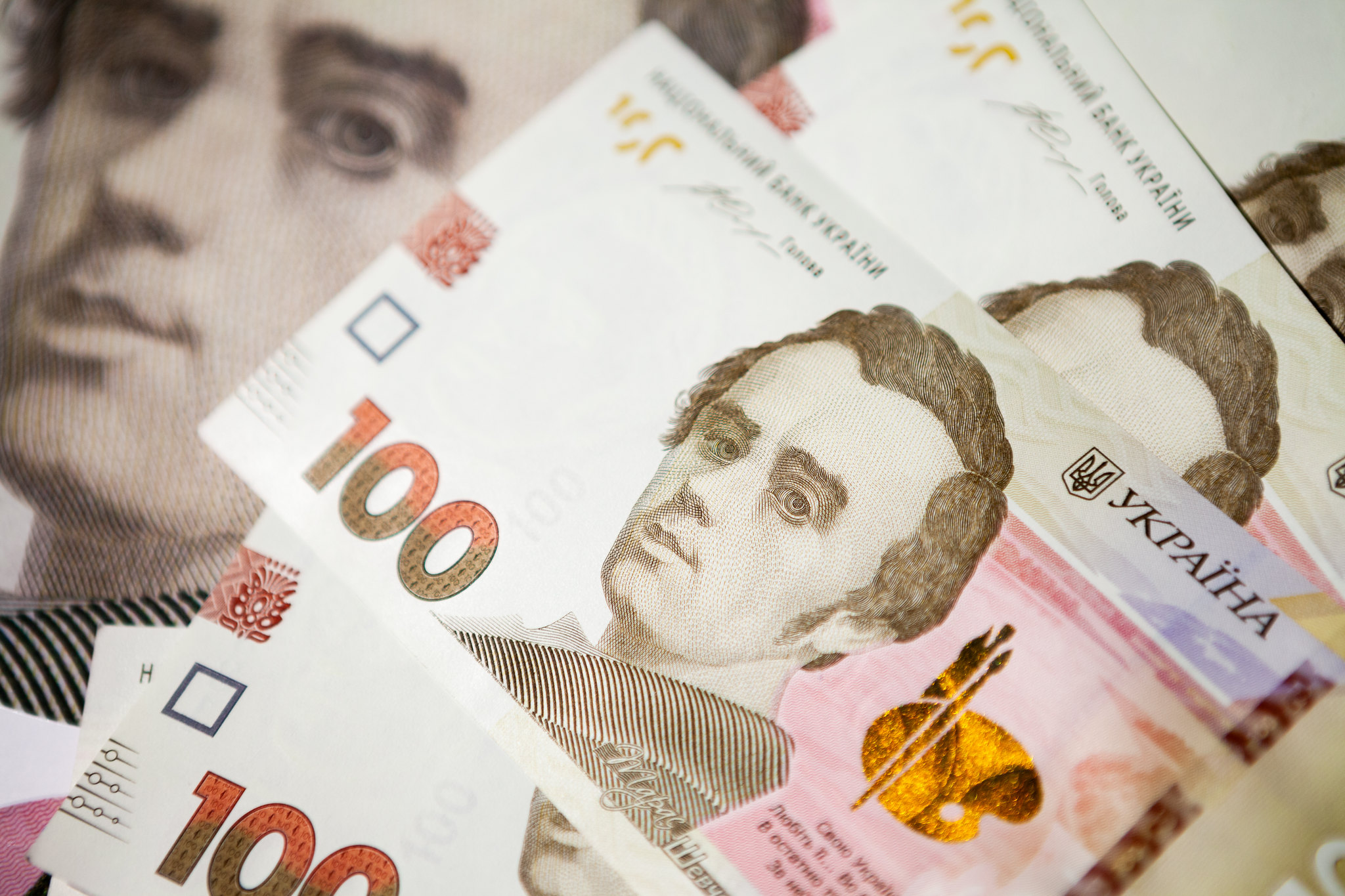In February 2022 Ukrainian parliament adopted the law on virtual assets that, among other, will regulate crypto currencies. While the regulation of this market is needed, this law has a number of serious flaws which are discussed below.
Over the last few months, the crypto market lost $1.6 trillion. A mind-boggling sum! Some observers believe crypto is a massive fraud. Others think that crypto is the next big thing in the financial market. The crypto market is wrapped in mystery and so the cacophony is not surprising or volatility is not problematic in itself. Sophisticated investors can calculate and accept risks even with imperfect information. But this is not the case for less savvy investors who may be attracted by potentially high returns. As a result, the crypto market can spell trouble when retail investors take huge positions in crypto without understanding what risks they take on. Indeed, the 2007-2008 collapse in the U.S. housing market clearly demonstrates the perils of regular folks participating in a bubble when they think that one can’t lose in this game. This calls for regulating (or at least organizing) the crypto market. But how can one do it when the crypto market was designed to avoid government interventions?
The virtual assets (VA) law — voted by the Ukrainian parliament and signed by President Zelensky in February 2022 — is an attempt to establish the legal nature of the VA, create a legal framework for crypto services and promote the development of VA. While the law is a step in the right direction, it fails to provide appropriate levels of investor protection, transparency in relation to issuance of VA, framework for VA service providers, measures to prevent market abuse, market integrity and competition. In addition, it doesn’t properly address the financial stability issue, especially for stablecoins. In short, VA law is not balanced and is more beneficial for market players/service providers than for investors.
Because the crypto market is still early in its development, how can one know what policies are appropriate? One way to appreciate loopholes in the VA law is to compare it with legislation considered or adopted by other countries. In this context, the regulation in the European Union (EU) is a natural benchmark for several reasons. First, the EU plays a leading role in regulating the IT/fintech industry so that Ukraine can rely on the existing expertise. Second, the European Commission recommended granting Ukraine the status of an EU candidate country and hence one should expect Ukraine to align its regulatory framework with the EU framework.
Specifically, the EU commission is finalizing a draft Regulation of Markets in Crypto-Assets (MiCA). The objective of MiCA is to harmonize the European framework for the issuance and trading of various types of crypto tokens as a part of Europe’s Digital Finance Strategy. It’s expected that EU regulation comes into force in 2023.
There are a number of differences between the EU draft and the VA law. For example, VA law refers to the “virtual assets” with vague definition inconsistent with the definition of the “Crypto Assets” (CA) as referred to in MiCA. Virtual assets in VA law are classified into asset-backed and non-backed by assets. In contrast, the MiCA classification is more detailed and includes three sub-categories of crypto-assets subject to more specific requirements:
- “Asset-referenced tokens” aim at maintaining a stable value by referencing several fiat currencies, commodities, crypto assets or a basket of such assets. Those asset-referenced tokens often aim at being used by their holders as a means of payment to buy goods and services and as a store of value.
- E-money tokens (with functions and regulation similar to e-money). These are referencing to only one fiat currency, the main purpose of which is to be used as a means of exchange.
- Crypto-Assets other than asset-referenced tokens or E-tokens. This includes Utility tokens that provide digital access to a good or service available on distributed ledger technology (DLT).
These differences are important not only for the functioning of the crypto market but for the financial stability of Ukraine. Specifically, the Federal Reserve, European Central Bank, and Bank of England have all recently sounded the alarm that stablecoins may pose a risk to traditional financial systems. To avoid potential problems in this segment, MiCA introduces different levels of regulatory and authorization requirements with respect to different tokens, with particularly strong regulatory requirements applicable to E-money tokens. Thus, regulators can refuse authorization to issue CA or provide respective services if such CA services may pose a serious threat to financial stability and monetary policy. In contrast, the VA law explicitly prohibits using VA as a means of exchange which pushes crypto-market players into shadow.
The MiCA and VA regulations also differ dramatically in responsibilities assigned to issuers of crypto-assets. Specifically, MiCA gives extensive investigative and sanctioning powers to the authorities (in the case of Ukraine these are the National Bank of Ukraine (NBU) and National Securities and Stock Market Commission (NSSMC), as well as stipulates cooperation mechanisms between authorities. For example, the appropriate authorities may levy significant monetary sanctions – up to EUR 5 million or 3% of annual turnover on legal persons or EUR 700,000 on natural persons – for violations of MiCA. To the contrast, the VA law stipulates penalties for activity without authorization at a ridiculously low level (UAH 119,000).
Importantly, the VA law is inconsistent not only with MiCA but also with other laws of Ukraine. For example, the definition of the VA as a non-material good provided by the VA law contradicts Ukraine’s Civil Code. The scope of the application of VA Law remains unclear: the law does not specify whether all transactions by Ukrainians or in Ukraine would be regulated by the VA Law. The role of regulators under the VA law creates potential conflicts. In particular, the law states that the NBU supervises VA assets backed by currency holdings while NSSMC supervises all other VA. But it is unclear who will supervise hybrid instruments (e.g. VA backed by both currency and securities). Finally, although the NSSMC is designated as the main regulator of VA in Ukraine, the NSSMC lacks institutional capacity to regulate the market since its authority doesn’t meet requirements for an independent regulator (i.e. institutional, personal, financial, operational independence).
In summary, the VA law is an important milestone but much more work is needed to bring it in line with the EU benchmark. Obviously, the legislators are busy with the Russian war in Ukraine but one does not need to reinvent the wheel. In the spirit of aligning Ukraine with the EU, the Ukrainian Parliament can largely follow the MiCA framework and thus hit two birds with one stone: close gaps in the current law and use it as a stepping stone on the path of Ukraine’s accession to the EU. Proper regulation of the crypto market can raise trust in the system and thus offer new opportunities for efficient allocation of resources in the country.
Attention
The authors do not work for, consult to, own shares in or receive funding from any company or organization that would benefit from this article, and have no relevant affiliations




